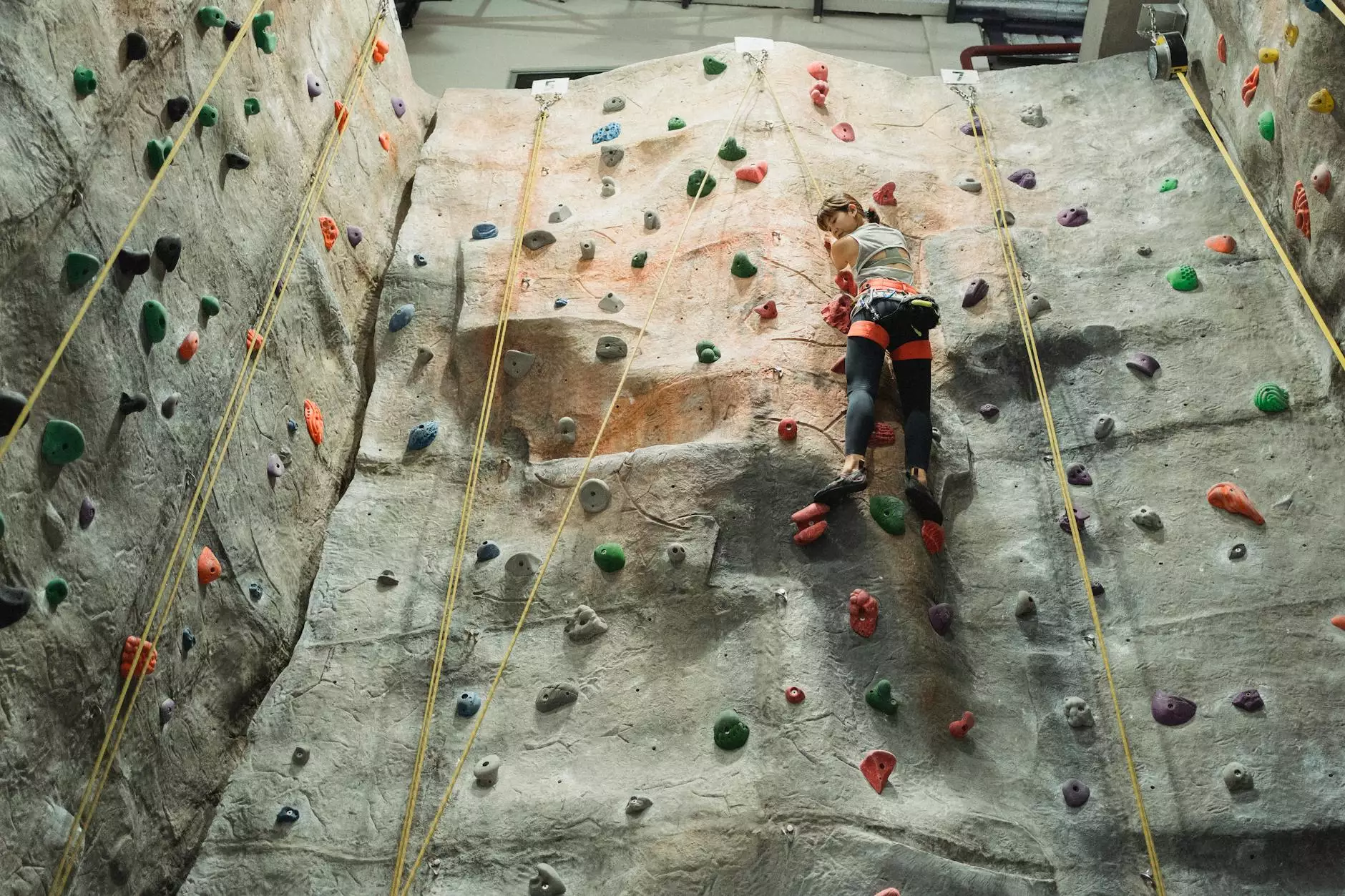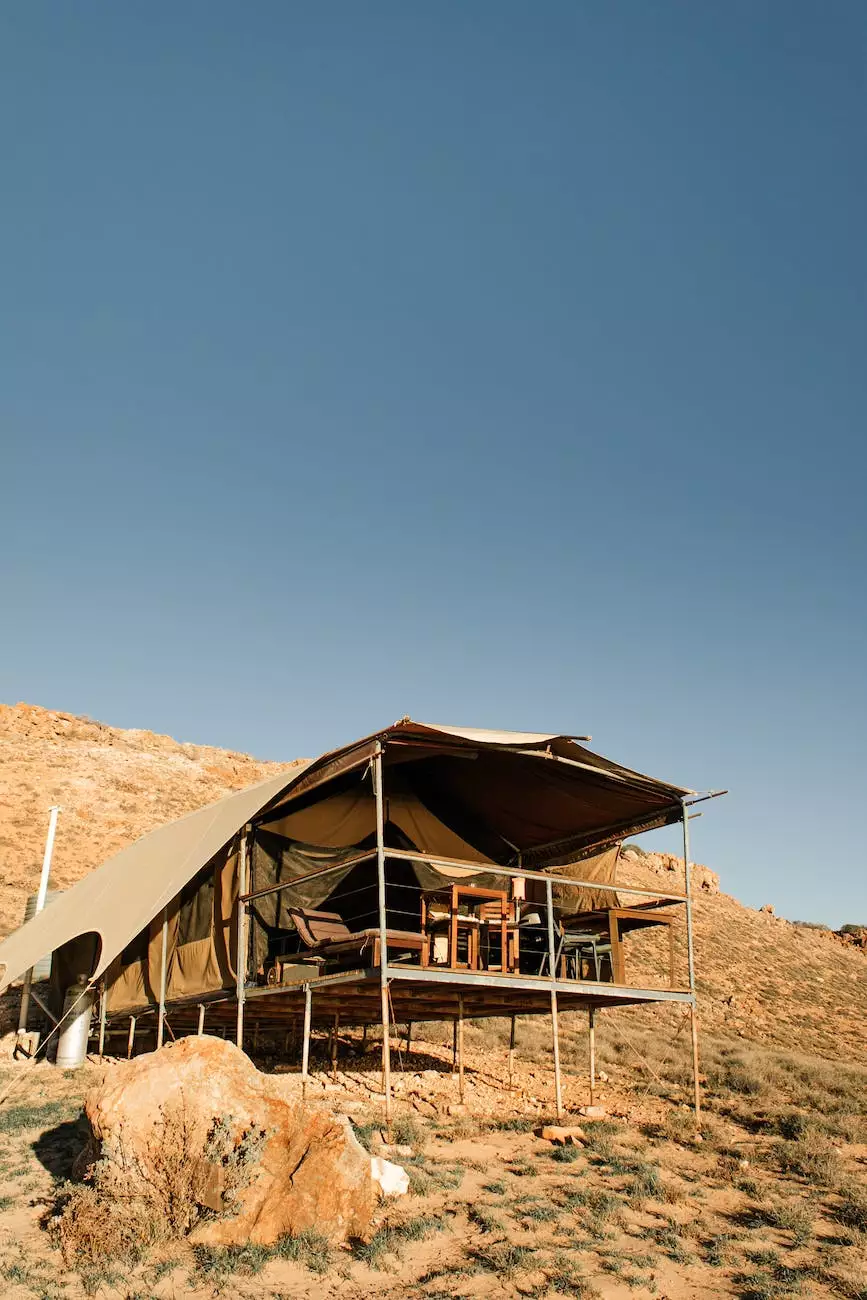All About Indoor Climbing

Introduction
Welcome to The Whimsical Wish, your ultimate guide to all things indoor climbing. Whether you're a beginner looking to get started or an experienced climber searching for new challenges, we've got you covered. In this article, we'll explore the world of indoor climbing and provide you with valuable information to help you navigate this exhilarating sport.
The Basics of Indoor Climbing
Indoor climbing, also known as wall climbing, is a thrilling physical activity that involves scaling artificial climbing walls using various hand and foot holds. It provides a safe and controlled environment for climbers to develop their skills, strength, and techniques. With the increasing popularity of indoor climbing, more and more climbing gyms and facilities are opening up around the world.
Benefits of Indoor Climbing
Indoor climbing offers a wide range of benefits for individuals of all ages and fitness levels. Here are some of the key advantages:
- Physical Fitness: Indoor climbing is a full-body workout that improves strength, endurance, flexibility, and balance.
- Mental Focus: Climbing requires concentration, problem-solving, and strategic thinking, enhancing mental focus and agility.
- Stress Relief: Climbing serves as a great stress-reliever, allowing you to disconnect from daily routines and challenge yourself.
- Social Interaction: Climbing gyms provide a vibrant community of climbers, fostering new friendships and a sense of belonging.
- Goal Setting: Indoor climbing offers opportunities for setting personal goals and achieving them, boosting self-confidence and motivation.
Types of Indoor Climbing
Indoor climbing encompasses several different disciplines, each with its own unique challenges and focus. Let's explore some of the most popular types:
Bouldering
Bouldering is a form of climbing performed on low-height walls, typically without the use of harnesses or ropes. It emphasizes technique, problem-solving, and strength, with colorful holds indicating the routes. Bouldering is a fantastic option for climbers who prefer intense, dynamic movements.
Top Rope Climbing
Top rope climbing involves a climber ascending a wall with a rope anchored at the top and controlled by a belayer. This ensures safety, making it a great choice for beginners or those seeking a more relaxed climbing experience. Top rope climbing offers a range of routes suited for various skill levels.
Lead Climbing
Lead climbing is a more advanced form of indoor climbing that requires participants to clip their own ropes as they ascend the wall. It demands skill, endurance, and focus. Lead climbing allows climbers to explore more challenging and demanding routes, pushing their limits and testing their abilities.
Essential Gear for Indoor Climbing
Before you embark on your indoor climbing journey, it's important to have the right gear to ensure your safety and enjoyment. Here are some essential items:
Climbing Shoes
Investing in a pair of climbing shoes is crucial, as they provide the necessary grip and support for your feet while climbing. Look for shoes that fit comfortably and offer good sensitivity.
Harness
A harness is necessary for connecting yourself to the climbing rope and ensuring security. Choose a harness that fits snugly and has adjustable leg loops for added comfort.
Chalk Bag
A chalk bag is used to store chalk, which climbers use to keep their hands dry and improve grip. Opt for a bag with a secure closure and a belt or attachment to keep it within reach during climbs.
Belay Device
A belay device is essential for top rope and lead climbing. It allows the belayer to control the rope, ensuring a safe descent for the climber. Choose a device that is suitable for your climbing style and offers smooth rope handling.
Tips for Indoor Climbers
Here are some valuable tips to enhance your indoor climbing experience:
Warm-Up
Prior to starting your climbing session, it is essential to warm up your muscles to prevent injuries. Stretching exercises and light cardio activities can prepare your body for the physical demands of climbing.
Proper Technique
Focus on developing proper climbing technique, such as using your legs for power and balance, and maintaining a straight body position. Practice different climbing techniques to expand your repertoire.
Listen to Your Body
Indoor climbing can be physically demanding, so it's crucial to pay attention to your body's signals. Rest when needed, hydrate well, and don't push yourself beyond your limits.
Join a Climbing Community
Being part of a climbing community can provide immense support, motivation, and the opportunity to learn from experienced climbers. Engage with fellow climbers, share tips and tricks, and grow together.
Conclusion
Indoor climbing is an exciting adventure that offers countless physical and mental benefits. With the right equipment, knowledge, and dedication, you can unlock new heights and conquer challenging routes. At The Whimsical Wish, we hope this comprehensive guide has inspired you to embark on your indoor climbing journey. Remember to always prioritize safety, enjoy the process, and embrace the remarkable world of indoor climbing!









